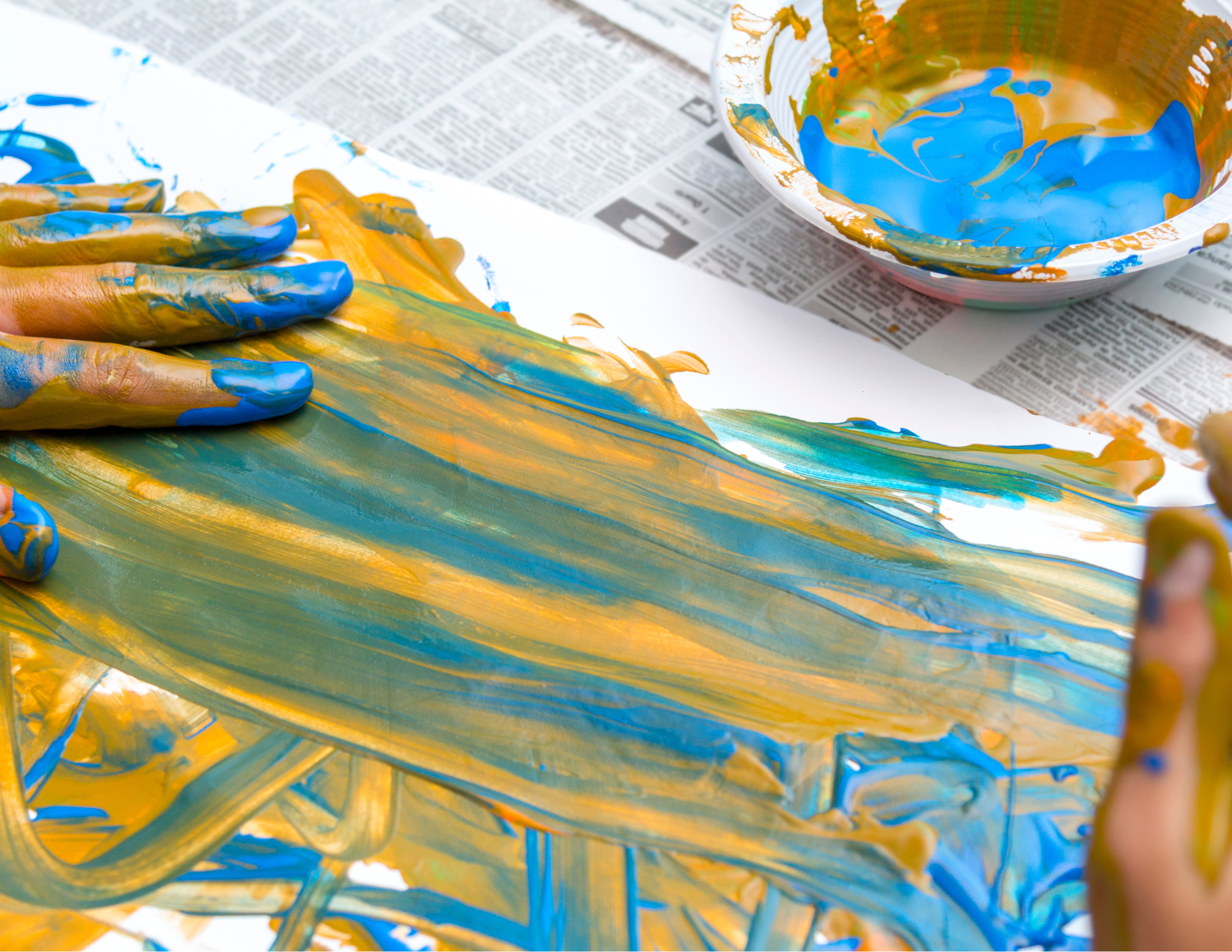
Creating to heal
Concordians are harnessing the power of the arts to help people cope with loss
October 24, 2022
By Ian Harrison, BComm 01, with files from Richard Burnett, BA 88
Source: Concordia University Magazine
Excerpt
When 176 people were killed after a passenger airliner was shot down near Tehran in January 2020, the Concordia community was devastated.
Two of the passengers — Siavash Ghafouri-Azar, MASc 19, and Sara Mamani, MASc 18 — were recent graduates who had just wed in Iran.
The event in Iran that compelled Hanieh Tohidi, MA 20, to launch a creative safe-space*
was not the first tragedy to prompt a supportive, arts-oriented response at Concordia.
After a student in the Department of Art Education passed away on campus in 2019, Rebecca Duclos, the dean of the Faculty of Fine Arts at the time, led efforts to provide resources for students, faculty and staff, as well as the student’s family.
Those resources included art hives. Two four-hour sessions were hosted at Sir George for weeks, and gave a wide range of Concordia community members the opportunity to take comfort and commune with others in grief. As Duclos told the Montreal Gazette, the tragedy “fast-tracked a lot of training that the whole university was ready to engage in.”
Added Yehudit Silverman, a professor emeritus in the Department of Creative Arts Therapies: “Meaning-making is the only thing that allows for healing. And that meaning-making doesn’t [necessarily] mean we figure out why [death happens].”
At a March workshop at Concordia entitled “Grieving, Mourning, Memory: A Conversation,” Duclos, whose scholarly work on death is paired with her work as a death doula for palliative-care patients, said: “Dying is the one thing that we will all do. [It is important that] we demystify it and see it as a natural part of life.”
The expressive arts can be a powerful salve or resource in this regard.
Maria Riccardi, BFA 95, a lecturer at Concordia with graduate degrees in art therapy and educational technology, has implemented a range of art-based programs, most notably for adolescents and adults alienated because of mental or physical illness, immigration status or poverty.
In a paper published online by the Canadian Art Therapy Association in 2020, Riccardi and two other researchers demonstrated how the expressive arts can be effective in end-of-life care for patients and loved ones faced with loss.
“The creative process allows the participants to reflect on past events, to be aware of the present mood, and then discuss their concerns about life and death issues,” Riccardi and her co-authors wrote. “Through the series of [expressive arts] activities, participants develop a deeper understanding of their body, mind and spirit in the face of death, and strengthen their connection with their families and other beings.”
Although there is a growing body of research on the use of the arts in grief work, the paper noted that more work is needed.
Read the full article here
*Hanieh Tohidi's project, Persian Art Hive, was made possible thanks to the Art Hives Internship Awards, graciously funded by the J.A. De Sève Foundation.

